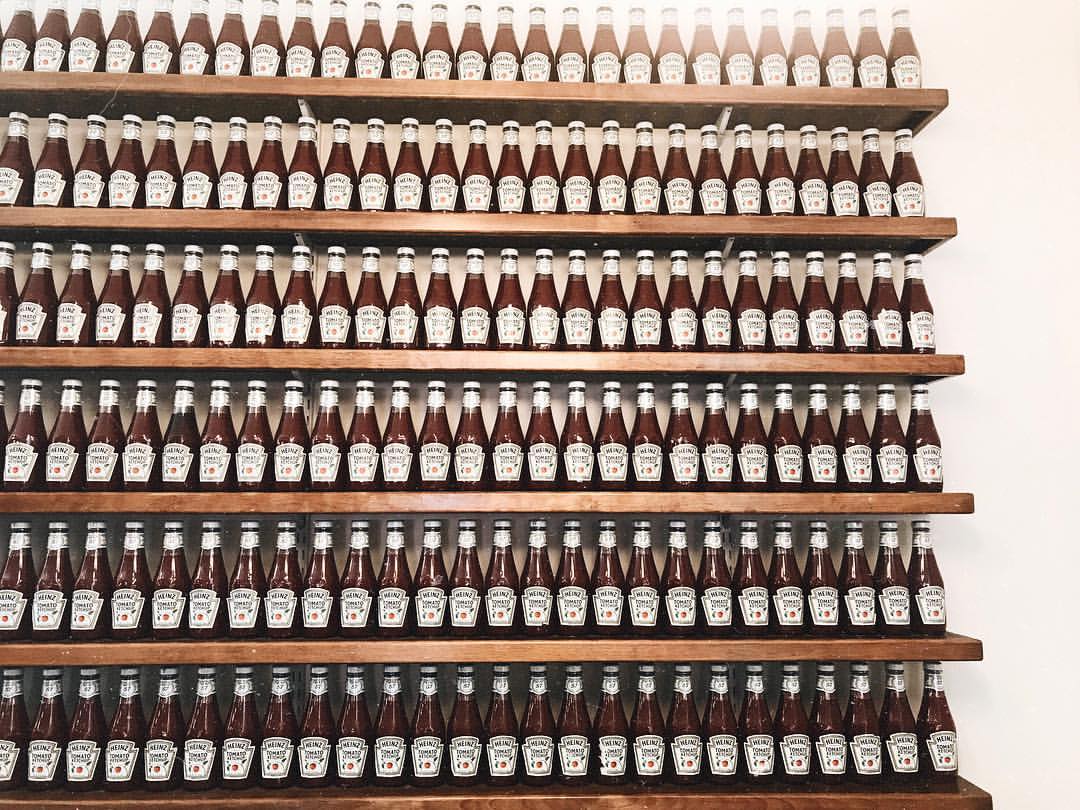Is Malt Just Another Name for a Milkshake?
You'll find milkshakes at just about every fast-food chain, but you'll probably need to visit an old-fashioned diner to find a malt, or what's sometimes called a malted shake. This soda fountain staple is a classic American treat, but how is it different from a milkshake, or is it just another name for the same thing? Here's what you need to know.
Malts and milkshakes are not the same. To be fair, they have a lot in common, but one key ingredient sets them apart… malted milk powder, invented in 1897 by William Horlick who actually thought he was inventing health food!
While the malted milkshake occupies a safe but basically humble position at soda fountains, probably nobody drinking a malt today suspects its colorful and downright heroic history. Disease! Starvation! Prohibitionism! The South Pole! The story goes like this…
Malt is technically just a mixture of sugars produced from starch and usually fermented and turned into beer or whiskey. But, because malt sugars are easy to digest, 19th Century doctors often prescribed malt for children and invalids.
In liquid form, however, it tended to ferment, which was problematic. For years every attempt to produce a stable dried form of malt failed until Horlick succeeded, making a malt powder he called Horlick’s Food. He quickly patented it and set up business in Racine, Wis. Doctors blessed his name and prescribed their patients Horlick’s Food, which made a tasty drink when mixed with milk.
However, there was a glitch. In the late 19th Century, before modern refrigeration and pasteurization, milk was commonly infected with diseases, such as the dreaded tuberculosis. The 19th Century expression “the summer sickness” referred to diseases spread by milk.
Unhappy about this, Horlick conceived the idea of making a form of Horlick’s Food that wouldn’t need to be mixed with milk. In 1882 he perfected the process of drying milk right along with the wheat and malt, making a product that only needed to be mixed with water.
It was a convenience food as well as a health food! Travelers carried it to the tropics, the Himalayas and the Poles. Horlick’s Malted Milk Tablets were renowned as a cheap, reliable food during the Depression, when they were a standard item in school and work lunch pails. Even as late as the ‘50s, members of the Depression generation often made sure to keep malted milk tablets in the pantry for emergencies.
In the late 19th Century, another factor would serendipitously contribute further to Horlick’s wealth and renown. The Temperance Movement was constantly trying to wean men away from saloons. One bright idea along these lines was the milk bar, also known as the ice cream parlor or soda fountain, where only ice cream and nonalcoholic beverages were served.
Malted milk was a natural for the soda fountain. It was not only nonalcoholic but regarded as healthful. As tens of thousands of ice cream parlors sprang up across the country, Horlick became a very wealthy man. He became a public benefactor, donating a school, a hospital and a park to the city of Racine, as well as supporting wholesome youth movements like the Boy Scouts.
Out of a sense of gratitude to the Scandinavians of Wisconsin, he also donated to many Norwegian causes. King Haakon of Norway made him the first American to receive the Order of St. Olaf as one of the principal backers of Roald Amundsen’s expedition to find the South Pole.
Today, if you look at a map of Antarctica, about 125 miles from the South Pole--you will find the Horlick Mountains. The man to whom ice cream had been so good has been memorialized on the continent of ice!
